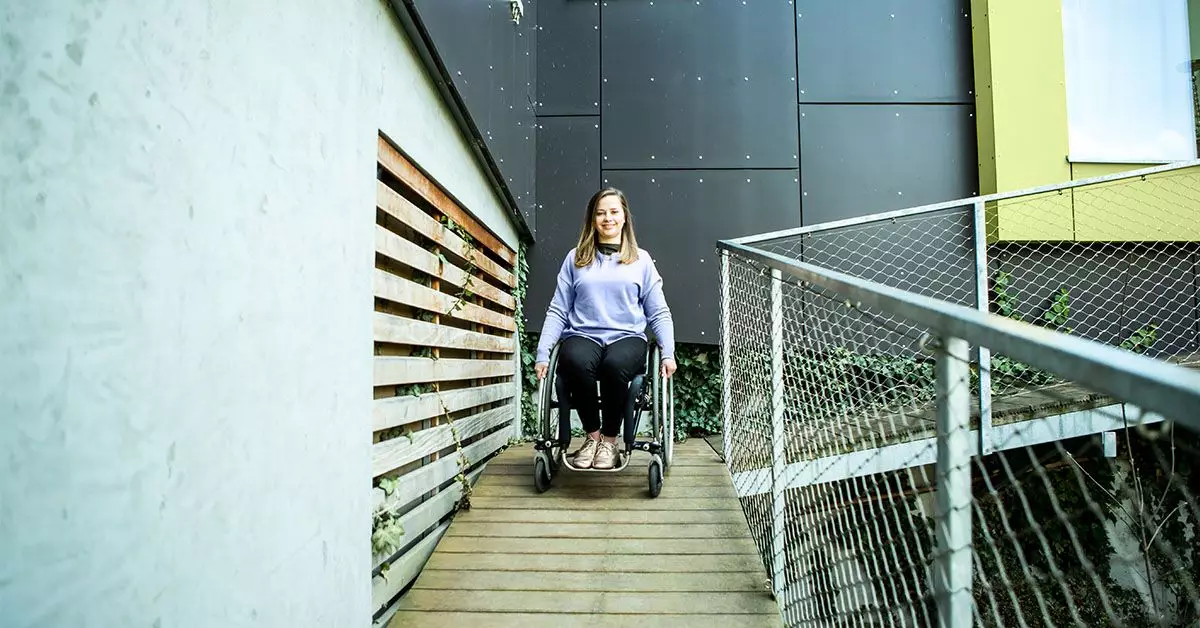Mobility is often regarded simply as the physical ability to move from one location to another. However, it encompasses a broad spectrum of factors, including strength, endurance, balance, and coordination. These elements collectively determine how an individual navigates their environment and interacts with the world around them. Importantly, mobility is not solely a physical condition; it involves psychological, emotional, and sociocultural dimensions that shape one’s capability to engage in various activities.
For example, someone who struggles with joint pain may find long distances daunting, yet their experience is not just defined by physical limitations. Their mobility could be influenced by psychological factors, such as anxiety regarding the pain they might experience while walking. Thus, it becomes crucial to recognize that while mobility is about the ability to move, its interpretation varies widely depending on personal and contextual factors.
Disability exists on a continuum that is as diverse as the experiences of those who face it. While some disabilities manifest clearly, such as in the case of visible physical impairments, others are less apparent, involving cognitive or sensory challenges. This variability complicates the conversation around mobility and disability. The World Health Organization defines disability as a multifaceted phenomenon that not only includes medical or physical impairments but also addresses how societal structures and barriers can impede an individual’s functional capacities.
Such distinctions are essential, as they highlight that not every person with mobility challenges identifies as disabled. Many individuals possess a form of mobility impairment yet continue to lead active lives, demonstrating that mobility and disability are not necessarily interdependent. The interplay between these concepts necessitates a nuanced understanding.
To further dissect the notions of mobility and disability, it is vital to consider the various models that define disability. The **legal model** focuses on criteria established by governing bodies to determine whether someone qualifies as having a disability. In the United States, this often ties to eligibility for benefits and accommodations, which are crucial for individuals who require support in their daily activities, including work and self-care.
Conversely, the **medical model** defines disability primarily through a clinical lens, relying on diagnoses and the severity of an individual’s condition. Critics of this model argue that it tends to individualize the experiences of those with disabilities, ignoring the broader societal influences that contribute to their challenges.
The **social model** of disability offers a progressive perspective, asserting that disability arises from the interaction between individuals and societal barriers. Here, the term “impairment” refers to the actual physical or mental differences, while “disability” denotes the restrictions imposed by an unaccommodating environment. This distinction underscores the necessity for societal change and the removal of barriers that hinder mobility, emphasizing that fostering inclusive environments benefits everyone.
Mobility impairments can manifest in numerous ways, ranging from physical limitations such as paralysis and reduced muscle strength to conditions that affect coordination and balance. Individuals may experience varying degrees of mobility challenges, which may fluctuate based on their health conditions, stress levels, or environmental factors.
For instance, an individual using a wheelchair might find accessibility straightforward in environments equipped with ramps and wider doorways, yet face significant obstacles in poorly designed public spaces. Similarly, someone with chronic pain may navigate mobility inconsistently, being fully capable one day and significantly limited the next. This variability illustrates that mobility is not a fixed trait but a dynamic aspect of human experience.
Support systems play an essential role in enhancing the mobility and quality of life for individuals with disabilities. Legal frameworks like the Americans with Disabilities Act (ADA) in the U.S. mandate reasonable accommodations in workplaces and educational institutions, ensuring that individuals have equal opportunities to thrive despite their limitations. Such accommodations may range from physical modifications, such as installing ramps, to flexible work arrangements that consider individual needs.
Moreover, community resources, such as independent living centers and disability advocacy organizations, provide invaluable assistance by offering information, training, and social connections. These resources can empower individuals to navigate their challenges more effectively, utilize mobility aids, and foster a supportive network that champions their rights and capabilities.
Ultimately, understanding the relationship between mobility and disability necessitates recognition of their intricate interplay. While mobility is inherently about movement, not all individuals with mobility limitations consider themselves disabled. Conversely, individuals may identify as disabled even if they possess full mobility, reflecting the multifaceted nature of these concepts.
Promoting inclusive practices and fostering societal awareness can significantly improve the lives of those navigating this complex landscape. Acknowledging the power of support, acceptance, and accessible environments enables individuals to overcome barriers to their mobility, leading to a more equitable and just society for everyone.

